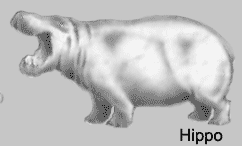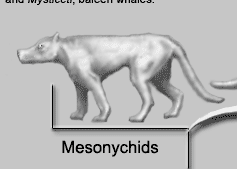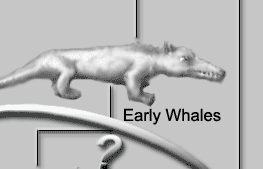Phylogeny:The Culture of Cetaceans
Biology 342 Fall 06
Phylogeny: The Origin and Evolution of Cetaceans
The oreder cetacean is made up of 75 living species of mammals that
have evolved from carniverous ungulates around 50 million years ago.




























Image: Cetacean Hindlimb Loss: Scienceblog.com
The evolution of brain size ushers us into further conversation about the development of culture in cetaceans.
A careful study of the cranial cavity to body size ratio of fossilized ancestors of cetaceans done by Lori
Marino at Emory University in Atlanta, Georgia, shows that the brain size of cetaceans has taken large leaps
over the past 47 million years, creating an order of creatures with a large brain size for their body size.
With the development of echolocation abilities cetaceans were forced to develop large complex brains
similar in structure to many large mammals of high intelligence. Like other mammals of high intelligence,
cetaceans mature slowly, are often single births after long gestation periods and spend long periods of time with their mothers after birth.
For more on how the brain size of cetaceans relates to tool use clock on the Mechanism link on the toolbar.